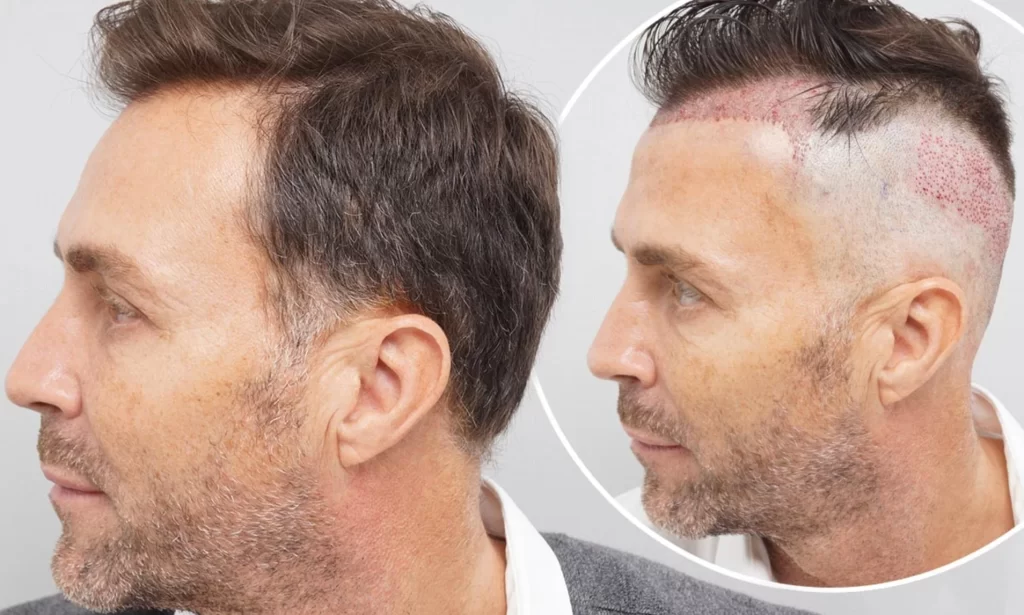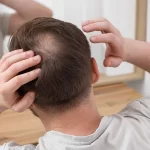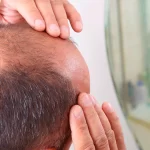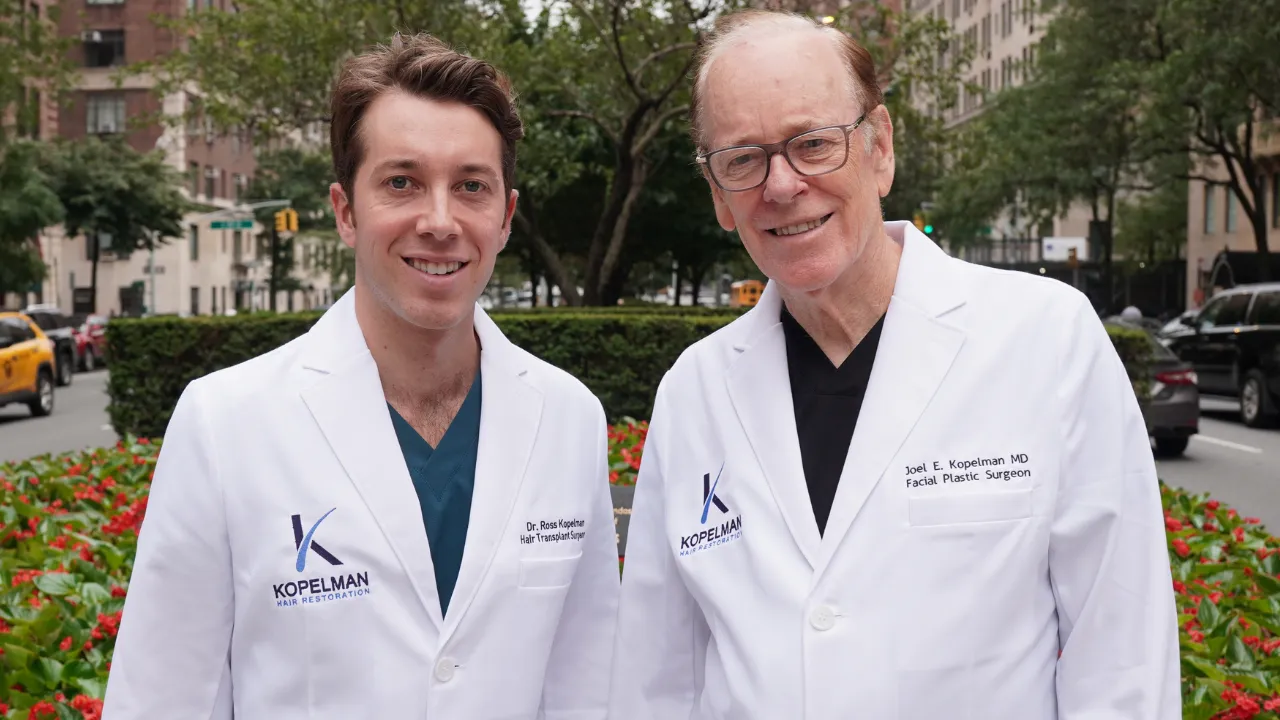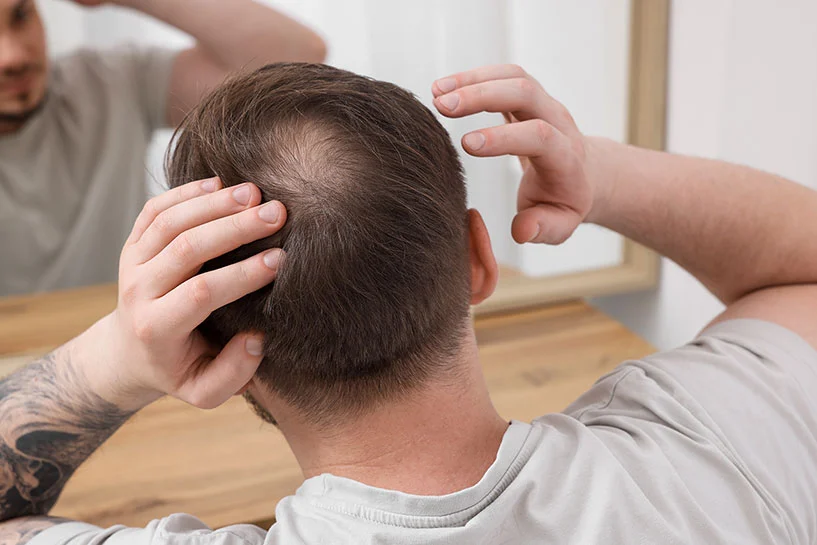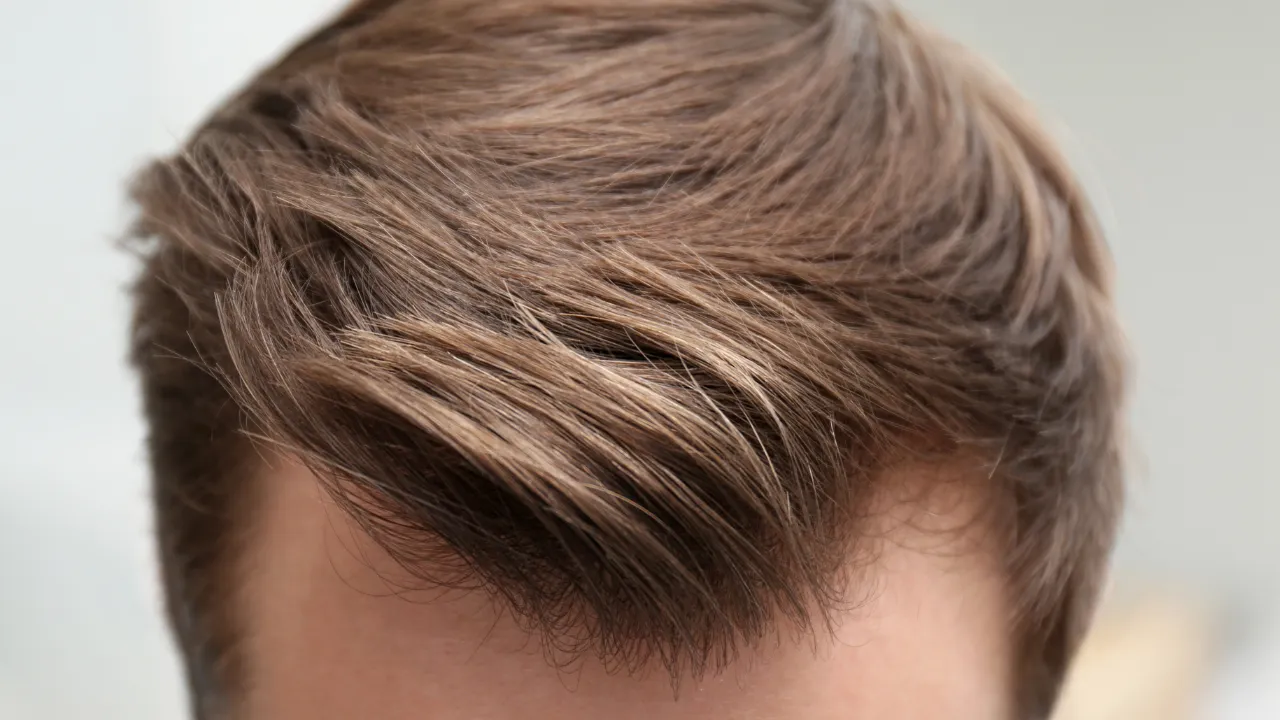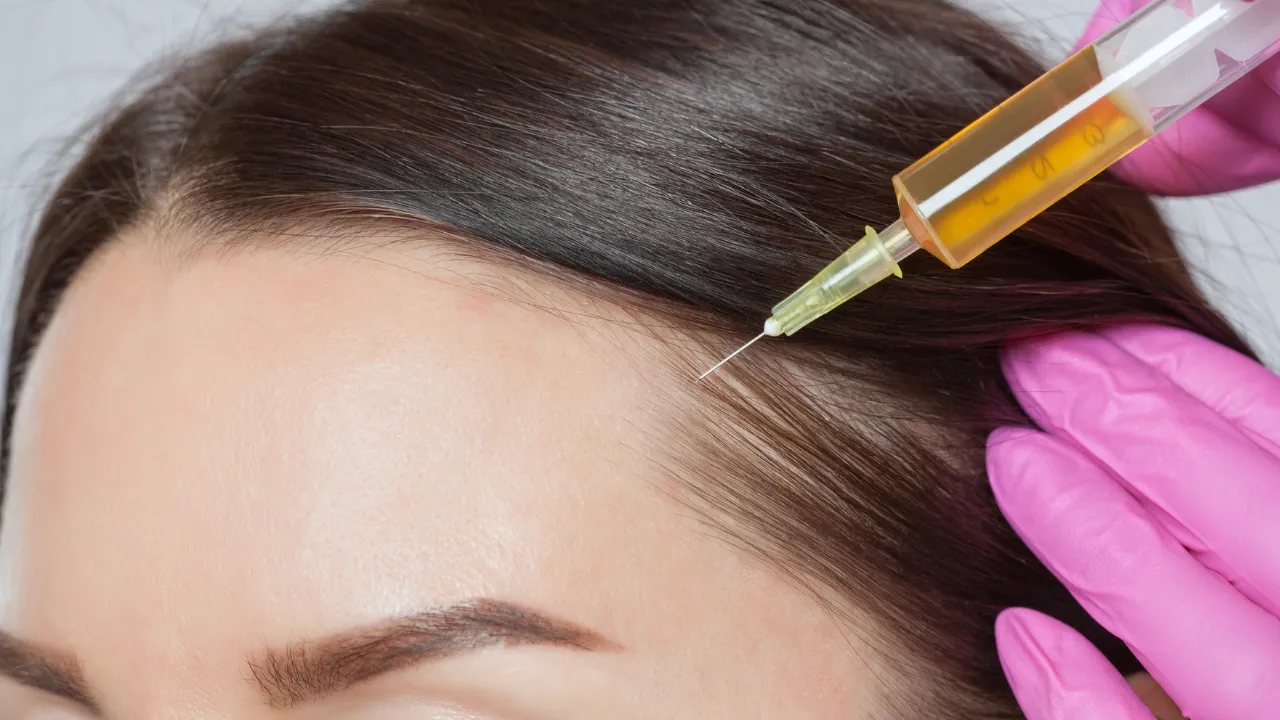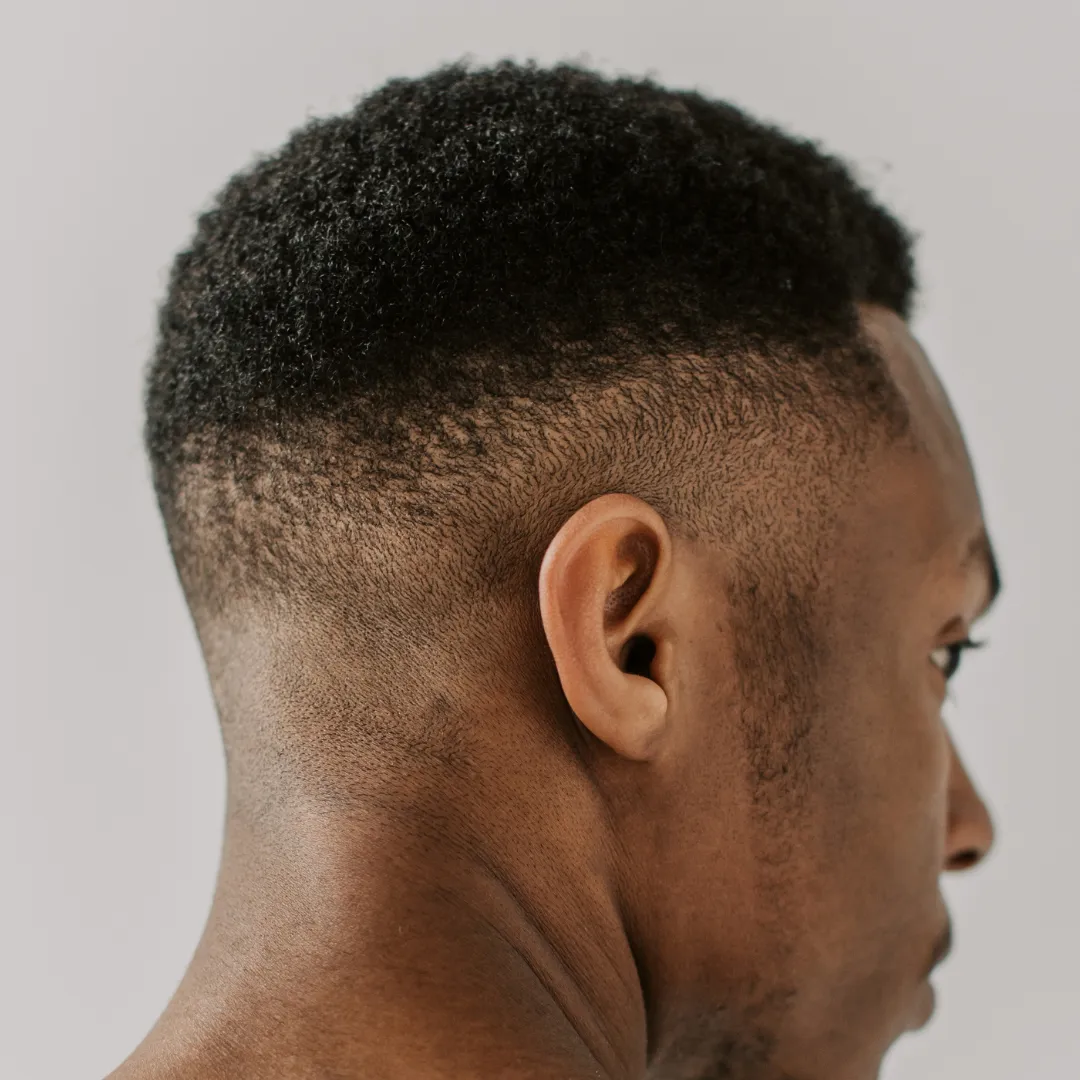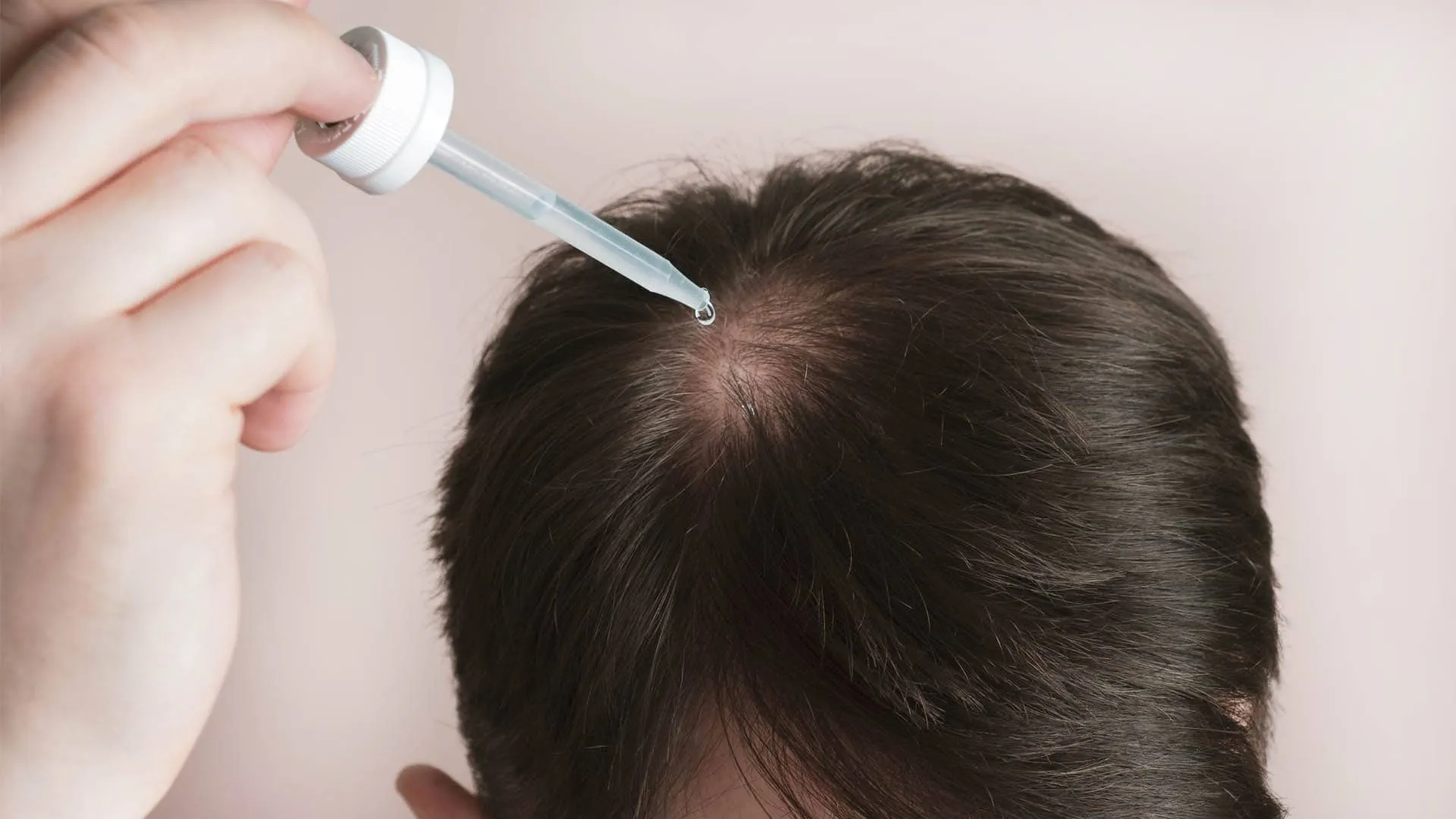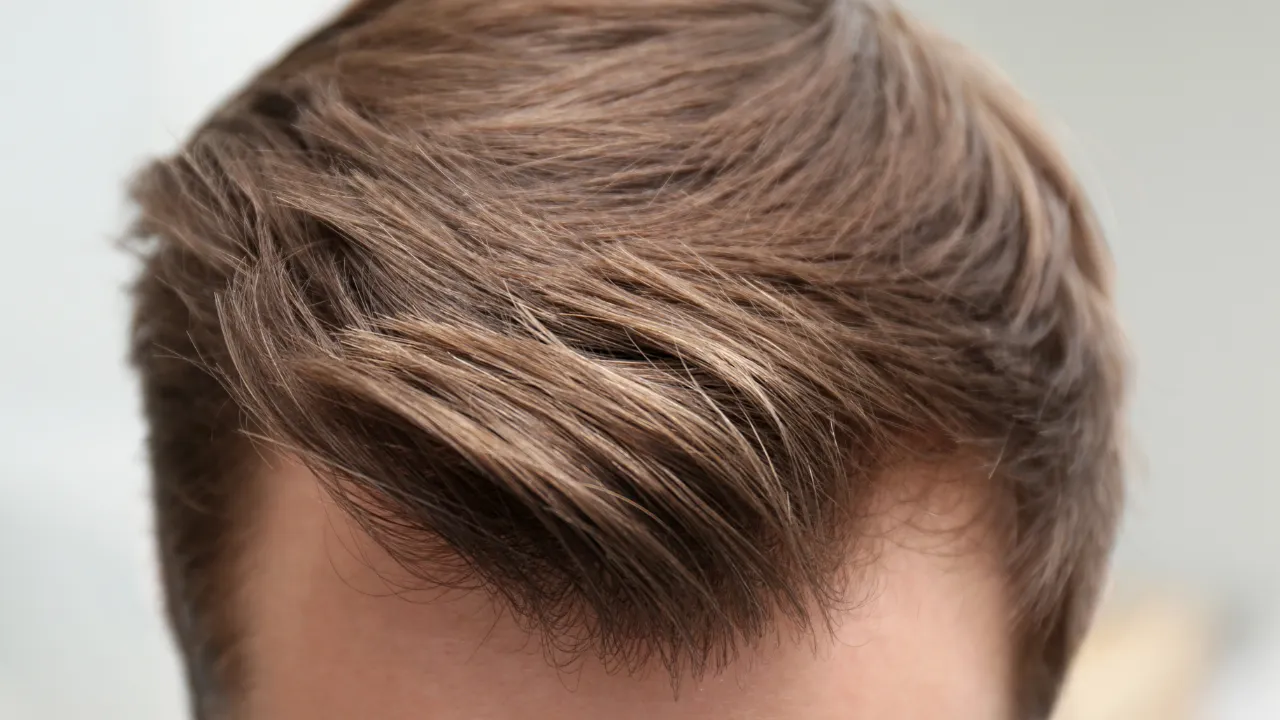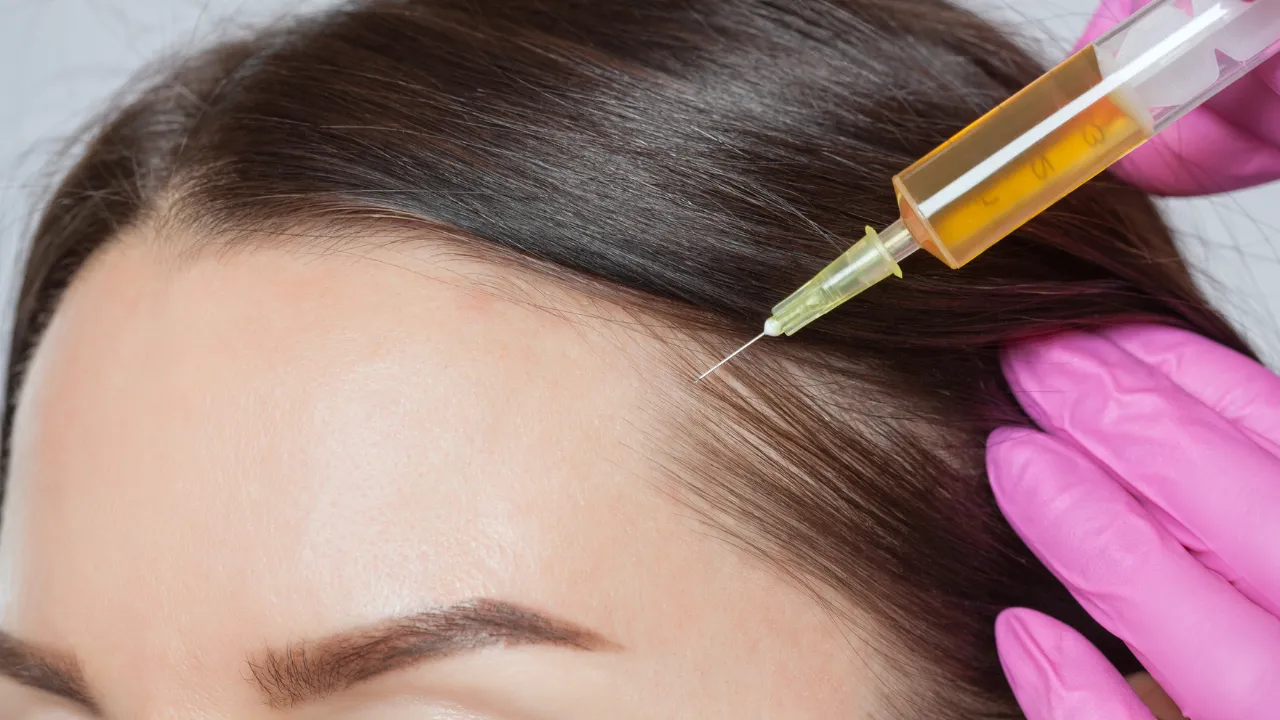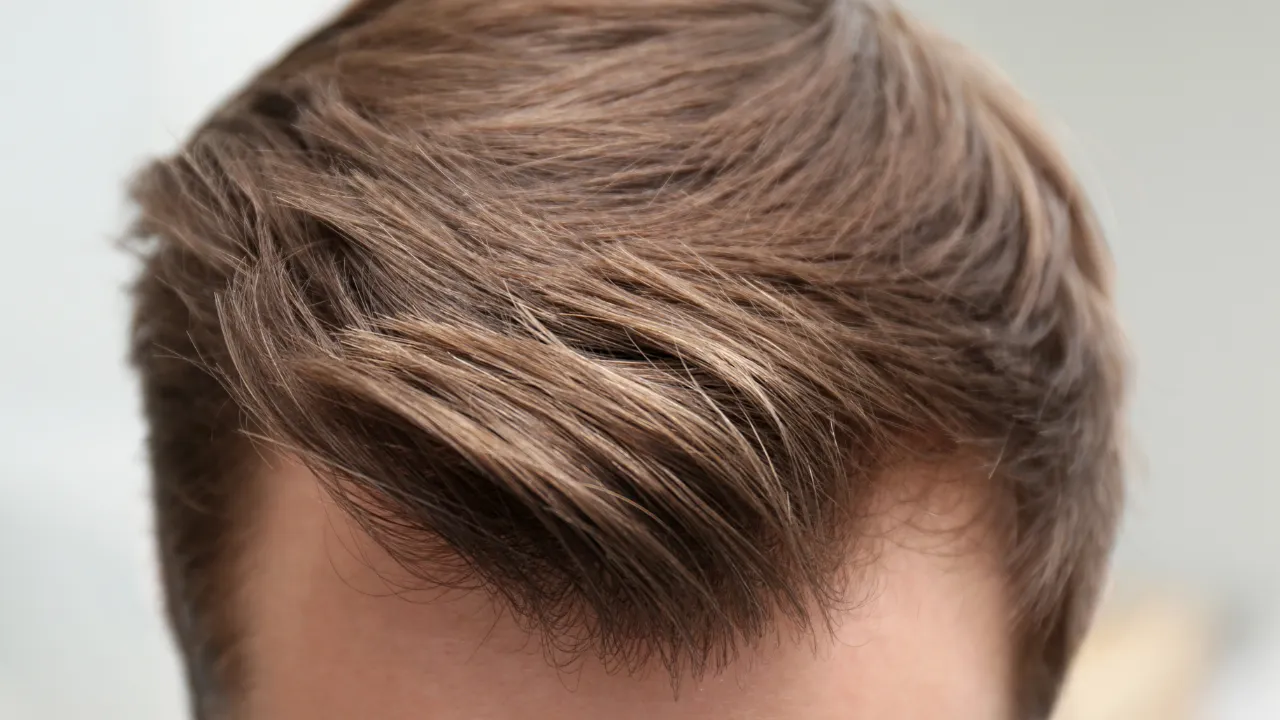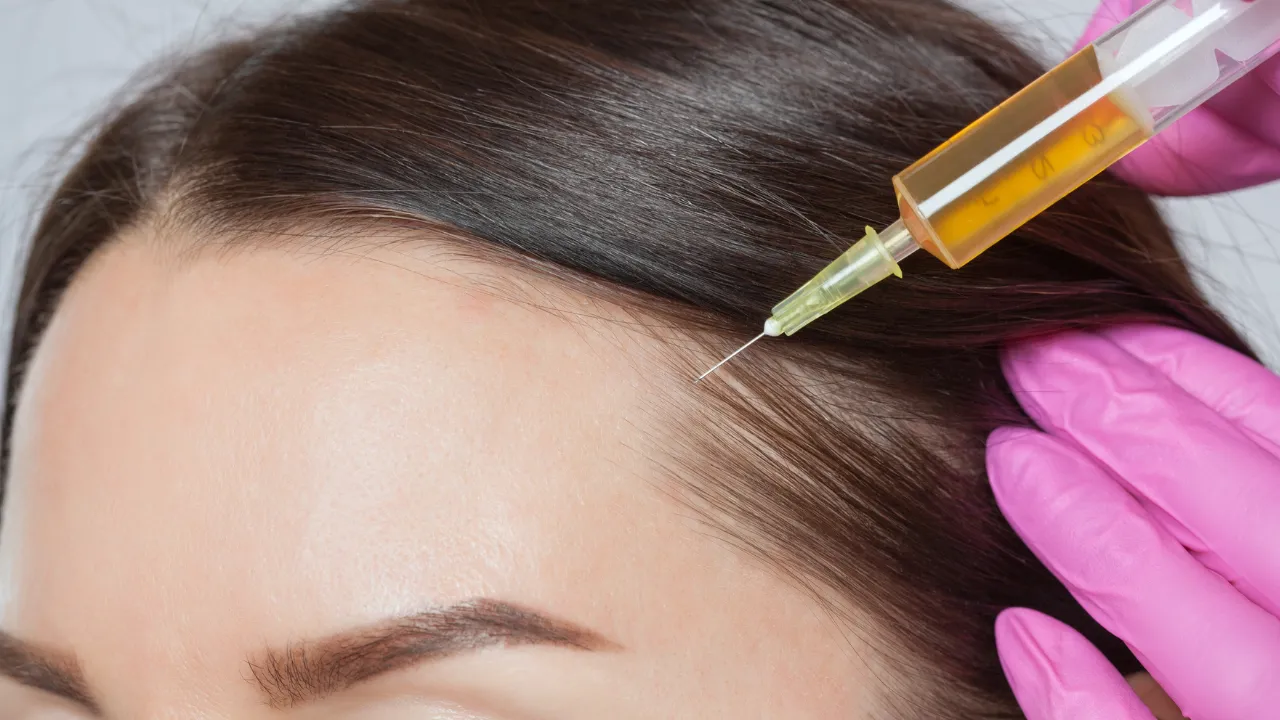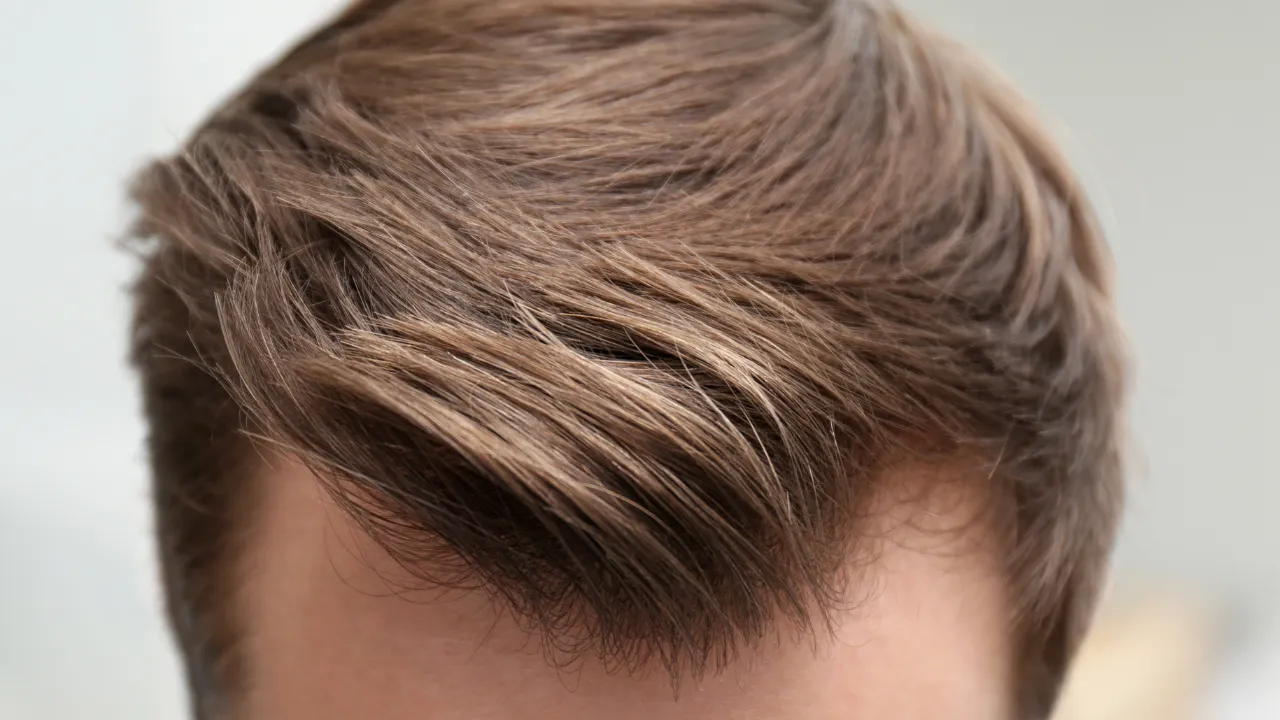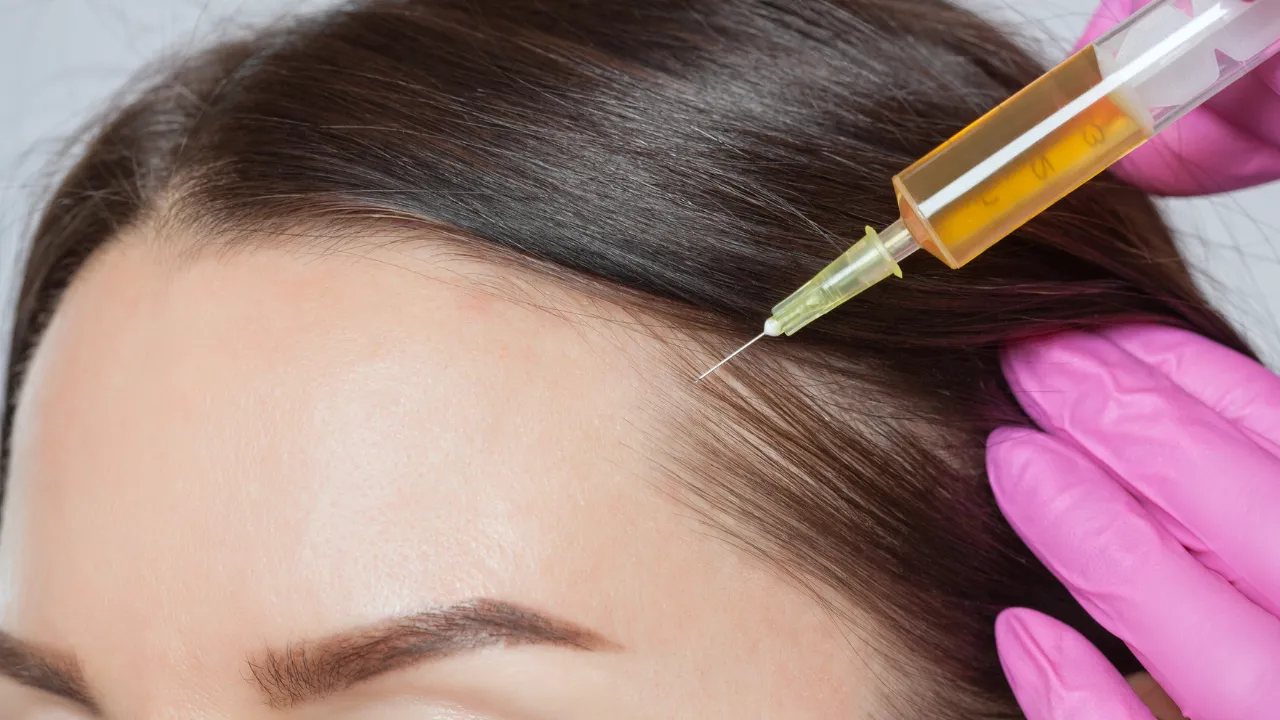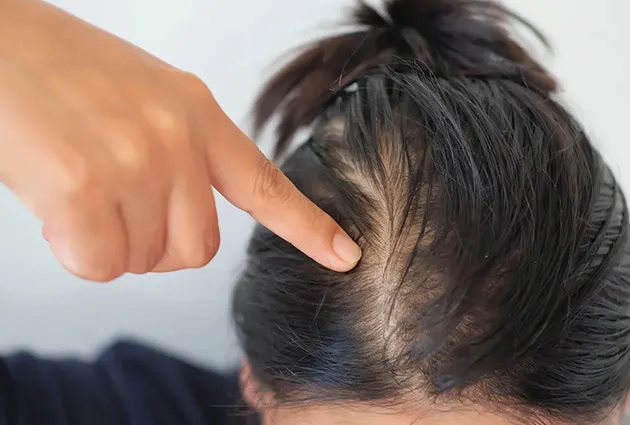Table of Contents
TogglePeople searching for solutions to hair loss often ask: can your hair transplant with someone else’s hair? This idea may seem straightforward, but it raises complex medical and ethical concerns. Dr. Joel Kopelman, a leading expert at Kopelman Hair in New York City, emphasizes that safe hair transplantation relies on your own hair, not someone else’s. Here’s the short answer: no, it’s not possible due to medical risks and legal restrictions.
Key Takeaways
- Hair transplants from one person to another are impossible due to immune rejection and lack of biological compatibility.
- Only your own donor hair follicles can be safely used to restore hair in thinning or bald areas of the scalp.
- Body hair can sometimes serve as an alternative donor area, but differences in texture and growth patterns affect the final hair transplant result.
- Emerging technologies like hair cloning show promise but remain experimental and unavailable in standard hair transplant clinics.
- Dr. Joel Kopelman advises consulting qualified specialists to explore proven hair restoration options tailored to each patient’s needs.
Why You Can’t Transplant Hair From Another Person
People wonder, can hair be transplanted from one person to another, or can you transplant hair from one person to another into thinning areas of the scalp? The truth is, hair transplants from another person fail because hair follicles carry unique biological markers.
Medically, this is referred to as an “allograft,” meaning tissue transferred from one individual to another. The immune system detects these foreign markers, called HLA (Human Leukocyte Antigen) proteins, and attacks the transplanted follicles, leading the body to reject the foreign hair.
Your immune system protects you from outside threats, but if doctors tried using someone else’s hair, your body would treat those follicles as invaders, causing swelling, future infections, or severe health problems.
Drugs like cyclosporine or tacrolimus can suppress immunity for organ transplants but bring risks such as infections and organ damage, making them unsuitable for hair procedures. Dr. Kopelman stresses that using such medications for hair surgery is unsafe and unnecessary.
Legal and ethical rules also prevent using someone else’s hair. Unlike organs, hair has no systems for matching donors and recipients. Organ transplants rely on testing HLA markers to avoid the risk of rejection, but hair lacks these protocols, making such procedures both illegal and impractical.
Hair transplants differ from organ transplants because hair lacks complex blood vessels. Doctors can connect vessels in organ surgery and manage immunity, but hair can’t be matched as precisely. This renders using someone else’s hair impossible under current scientific understanding.
Some scientists research allogeneic hair transplants, exploring gene editing or immune tolerance to help foreign hair survive. Yet, these methods remain experimental, far from regular practice. Dr. Kopelman urges patients to stay informed but trust proven solutions for now.
Can You Get A Hair Transplant Without Enough Donor Hair?
Some patients worry they lack enough donor hair follicles for a successful hair transplant procedure. When donor hair is limited, doctors evaluate whether smaller grafts can still create a natural hair transplant result, sometimes combining medical treatments to improve density.
If someone is completely bald, hair systems become the best option because hair transplants need donor follicles to survive and grow in the recipient area.
Can Hair Be Transplanted From Other Parts Of The Body?
Dr. Kopelman is often asked whether hair from the body could replace scalp hair if there’s an insufficient donor area on the head. Body hair transplants from the chest, back, or beard can expand the donor supply but may differ in texture or growth pattern.
Technically, it is possible to transplant pubic hair to the head, but doctors rarely recommend it due to the thicker, curlier hair looking unnatural.
Body hair transplant success varies because the growth cycles and texture of body hair differ from those of scalp hair. Planning and managing expectations are key for patients considering this option.
Costs and Considerations for Hair Transplants
Hair transplant costs depend on the number of grafts, techniques like FUE or FUT, body hair use, and clinic expertise. Body hair procedures often cost more due to longer sessions and specialized skills. Non-surgical options, such as hair systems, cost less upfront but require ongoing maintenance. Dr. Kopelman advises comparing price and quality when choosing treatments and consulting reputable hair transplant clinics.
Alternatives To Using Someone Else’s Hair
Hair systems, such as wigs or hairpieces, have improved in terms of realism and comfort, helping patients who lack sufficient donor hair. Recent studies in Dermatologic Surgery explore techniques such as hair cloning to grow follicles outside the body, although these remain experimental. Dr. Kopelman believes more research is needed before such options become standard care.
Terms like immunogenic and allograft appear in research, meaning tissue from another person and the body’s reaction against foreign cells. Knowing these helps patients understand why doctors avoid someone else’s hair. Dr. Kopelman explains these terms simply to help patients feel informed.
New treatments sound promising but often lack evidence, risking money and side effects. Dr. Kopelman urges choosing proven methods and consulting specialists.
Frequently Asked Questions About Hair Transplants
Here are quick answers to common queries:
Frequently Asked Questions About Hair Transplants
If you’re exploring hair restoration, guidance from experts like Dr. Kopelman helps ensure safe and realistic outcomes. Schedule a personalized consultation now.


